Snowbird
LIFE MEMBER
Just played about with our friend the Pololu LSM303DLH Compass. Without calibration I simply measured the x,y and z magnetic field strength and plotted them on a 3D graph. I then moved the unit around in as many directions as I could contort myself and repeated. An ideal compass in a static magnetic field (such as that created by the earth's magnetic field) would trace out a perfect sphere.
Here's what we get:

(axes are magnetic field strength in arbitrary units in the Cartesian x,y,z direction)
Our sphere is a little bit rugby ball shaped but I don't think we can complain too much. I can't see any horrendous outliers either so I think the compass might be reasonably reliable.
Will calibrate to correct the aberration. We really need to compare to a good quality digital or analogue compass and experiment with the effect caused by nearby ferrous materials.
Here's what we get:

(axes are magnetic field strength in arbitrary units in the Cartesian x,y,z direction)
Our sphere is a little bit rugby ball shaped but I don't think we can complain too much. I can't see any horrendous outliers either so I think the compass might be reasonably reliable.
Will calibrate to correct the aberration. We really need to compare to a good quality digital or analogue compass and experiment with the effect caused by nearby ferrous materials.


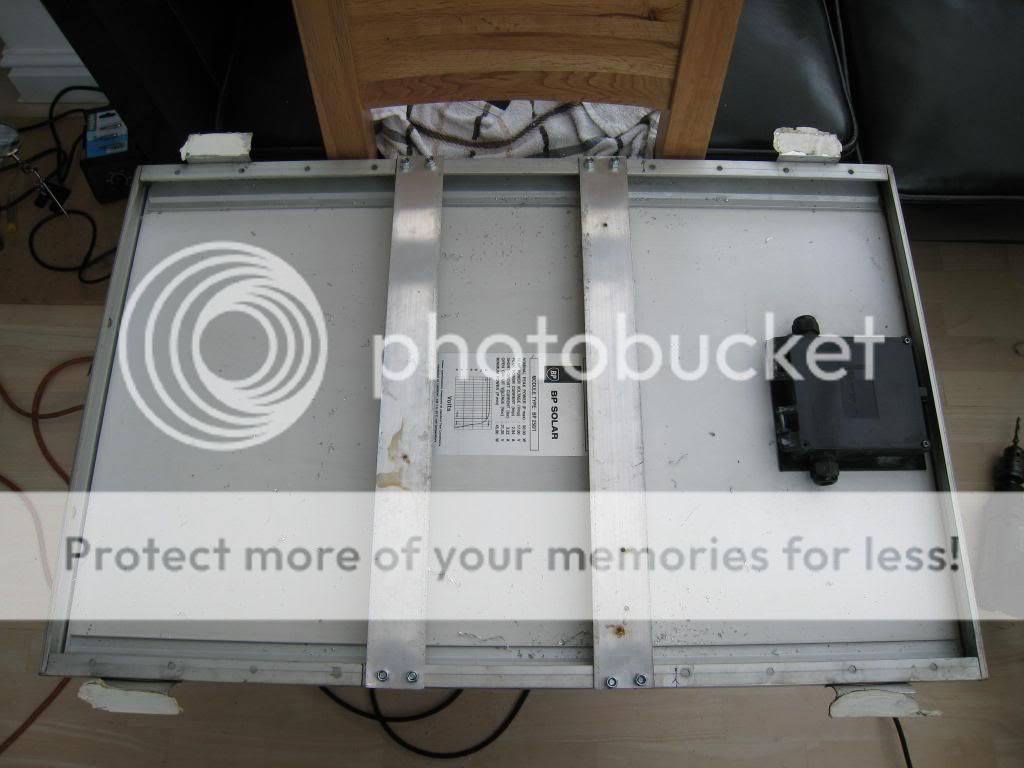
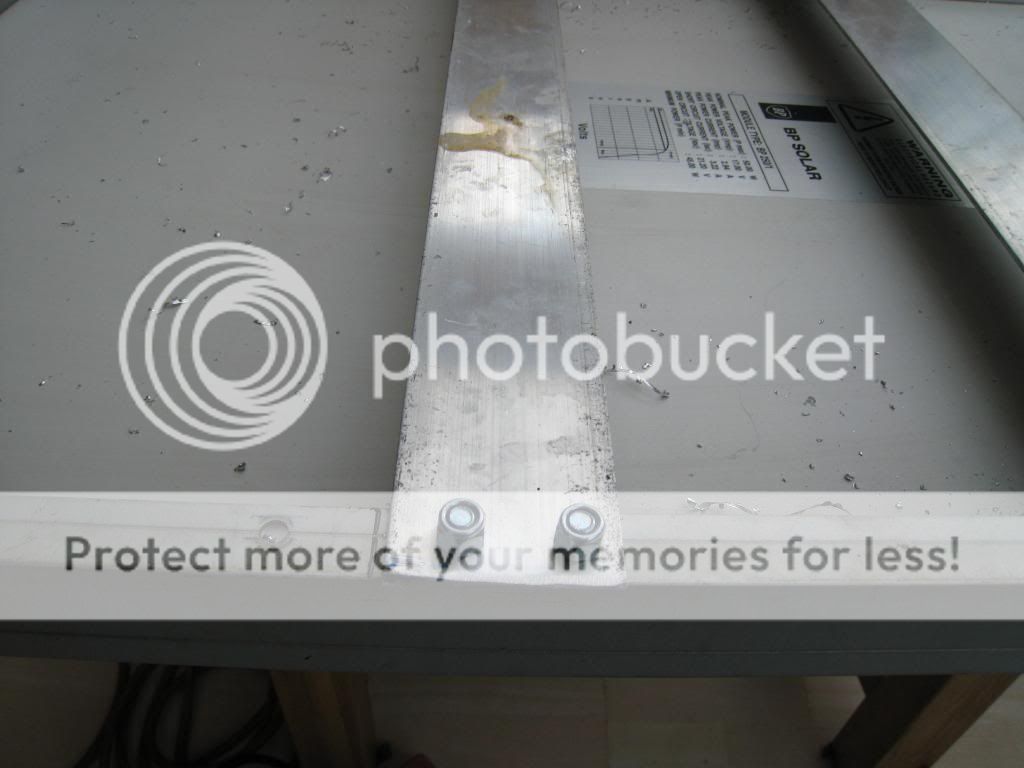
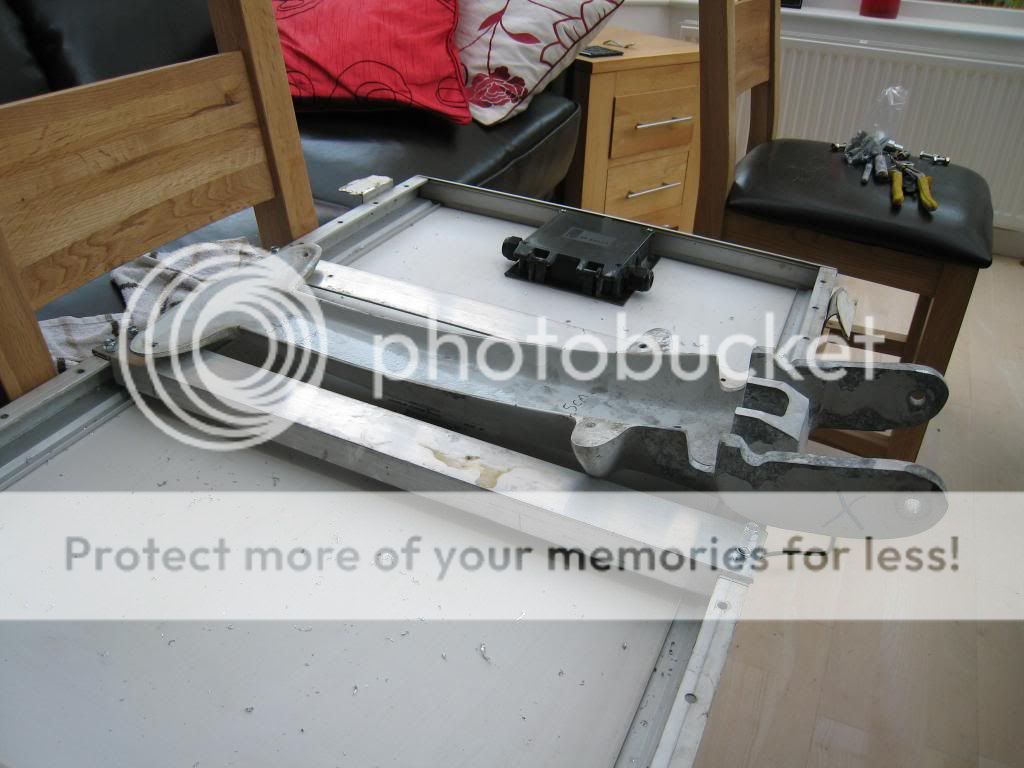
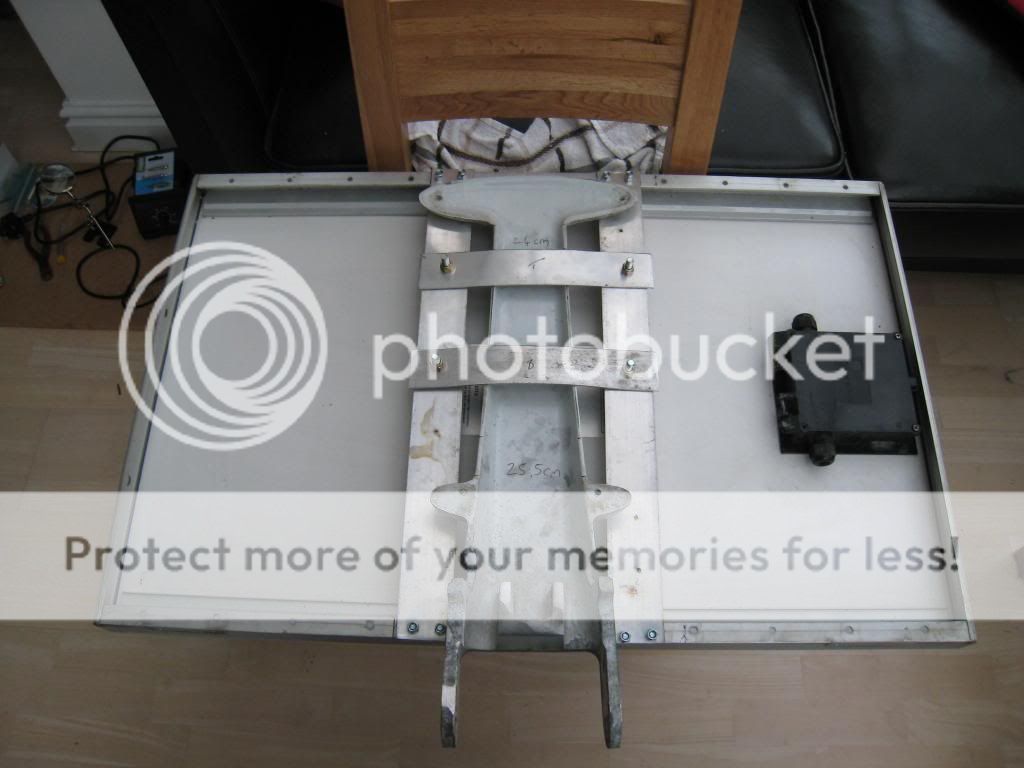
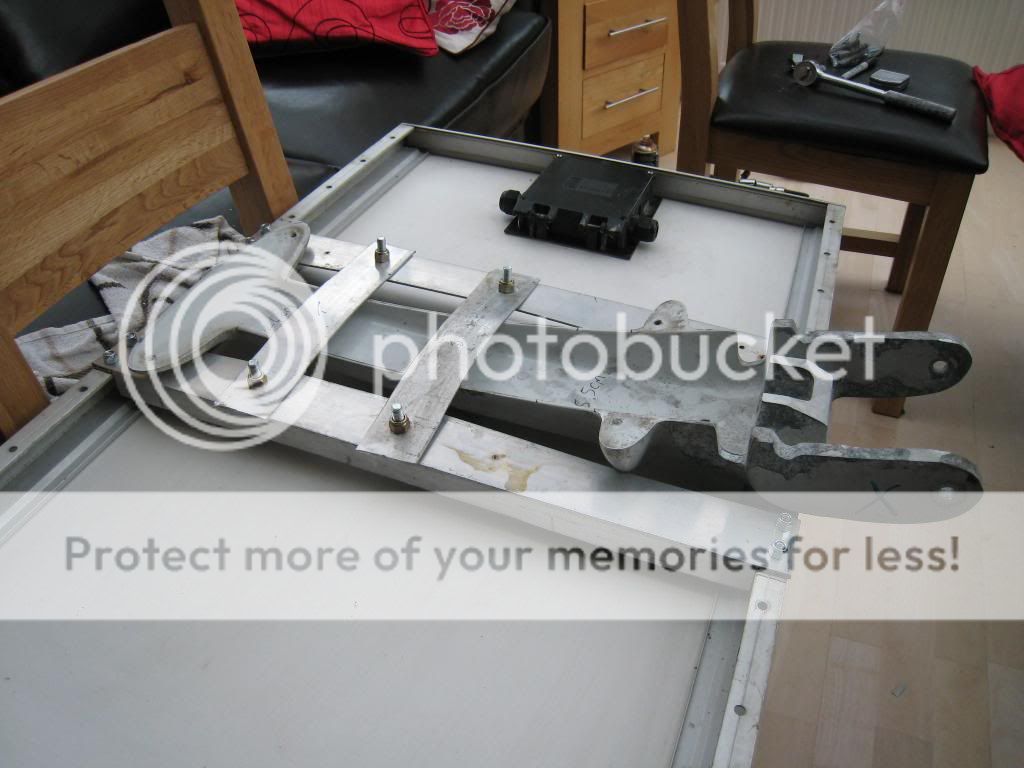
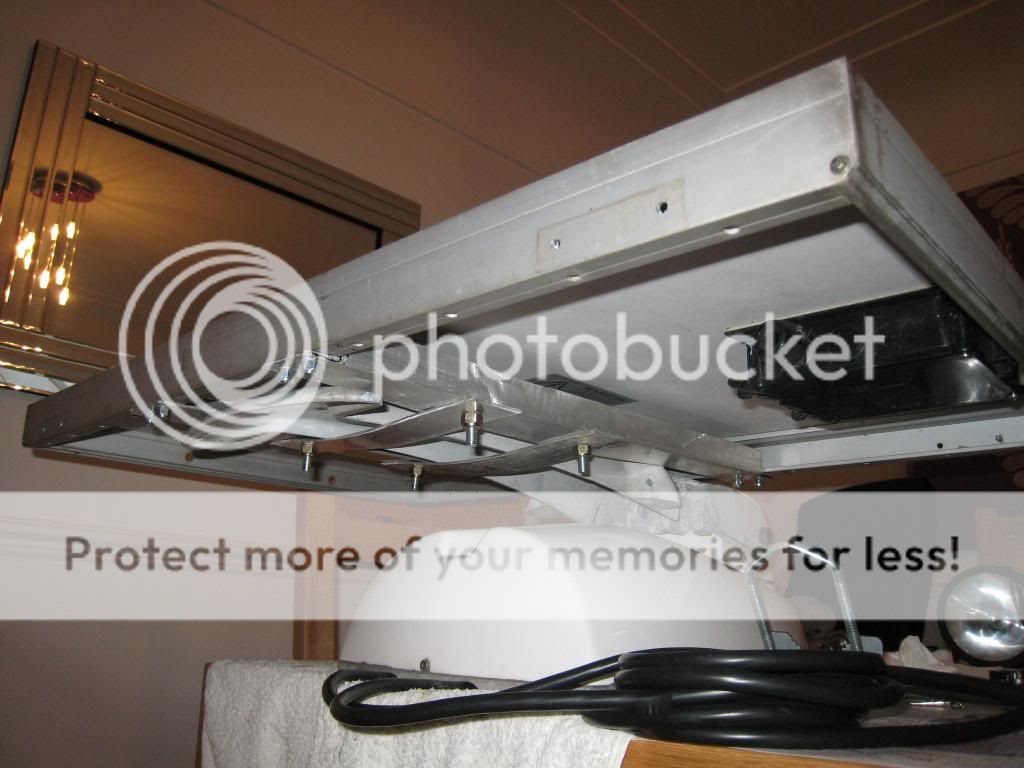
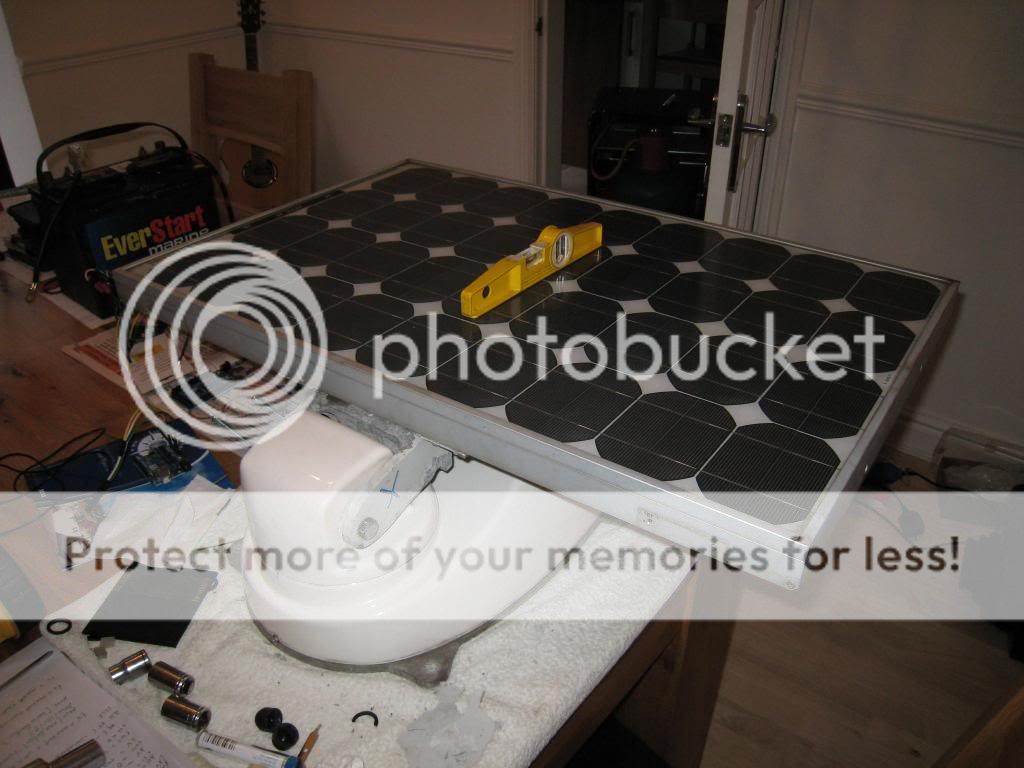
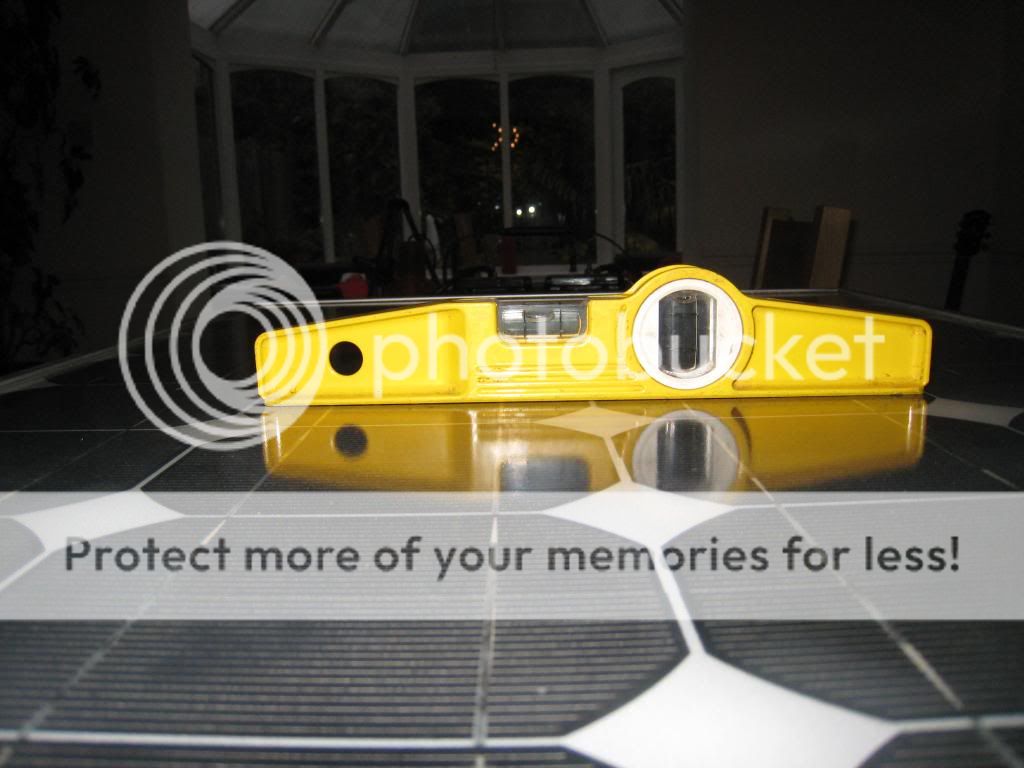
 .
.